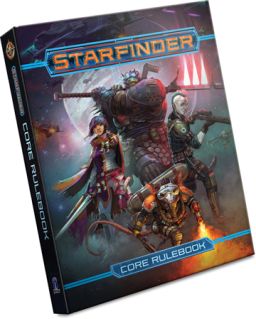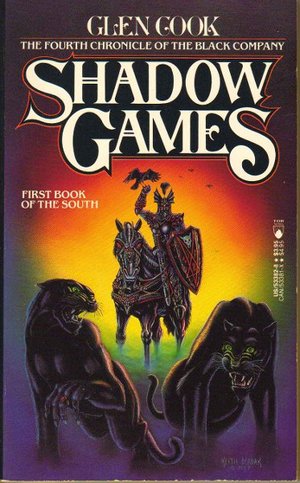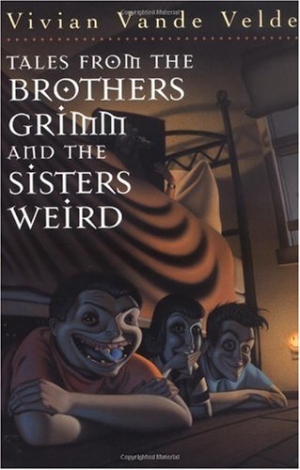A (Black) Gat in the Hand: D. L. Champion’s Rex Sackler
“You’re the second guy I’ve met within hours who seems to think a gat in the hand means a world by the tail.” – Phillip Marlowe in Raymond Chandler’s The Big Sleep
(Gat — Prohibition Era term for a gun. Shortened version of Gatling Gun)
Only T.T. Flynn (80), Frederick C. Davis (73) and Carroll John Daly (53) appeared in Dime Detective more often than D’arcy Lyndon Champion, who was in 47 issues. Twenty-nine of those were Inspector Allhoff stories (behind only Frederick Nebel’s Cardigan and John Lawrence’s the Marquis of Broadway).
Allhoff was an unpleasant, kind of psychotic, legless former cop who still worked with the police. Bill Pronzini wrote that Champion “took the Nero Wolfe formula and gave it a perverse twist.” You can find a collection with several of the Allhoff stories from Altus Press. A second volume will be released at PulpFest this summer.
The Phantom Detective was the second pulp hero magazine star, after The Shadow, appearing one month before Lester Dent’s/Kenneth Robeson’s Doc Savage. Champion was the primary writer of the early stories under the name Jack D’arcy. He had many other series characters, including hypochondriac Mexican PI Mariano Mercado (another Altus collection) and penny-pinching detective Rex Sackler.
I’ve only found one Rex Sackler tale, “Death Stops Payment,” which is included in the Black Lizard Big Book of Black Mask Stories. Sackler appeared in three issues of Detective Fiction Weekly before moving to Black Mask for twenty-six more. There haven’t been any Sackler collections at all; even in electronic format. Which is a SHAME! Sackler brings to mind the humorous stories of the vastly under-appreciated Norbert Davis (who, of course, you read about here…).
Sackler is so cheap he makes Scrooge look like philanthropist (the pre-ghosts Scrooge). He hates paying Joey Graham, his street-smart assistant, his hard-earned wages. And knowing Graham’s weakness for gambling, he entices his employee into losing part of his pay right back to him. Graham knows what’s happening, but he can’t resist the lure.
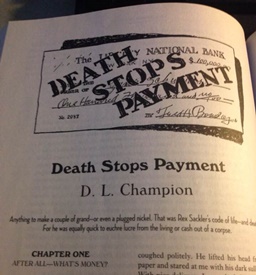
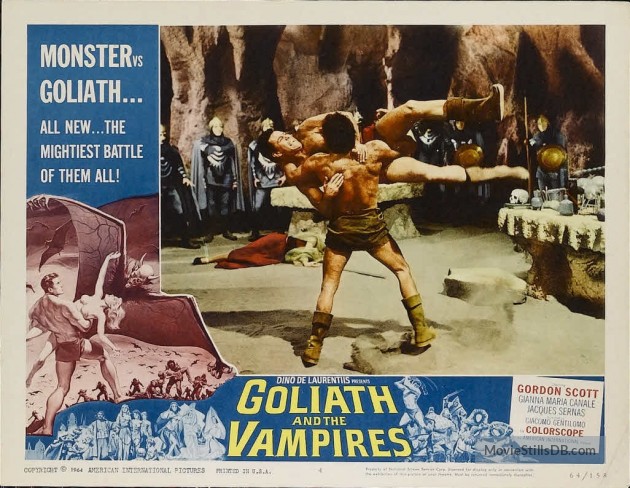
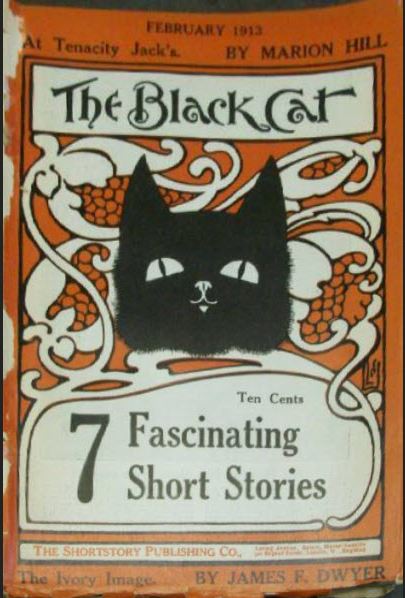

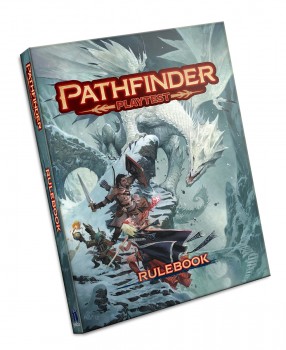
 There’s one thing that novelists, as a rule, don’t need to worry about and that’s having a remake done of one of their books. Sure, there are movie adaptations, but that’s not really the same thing.
There’s one thing that novelists, as a rule, don’t need to worry about and that’s having a remake done of one of their books. Sure, there are movie adaptations, but that’s not really the same thing.
